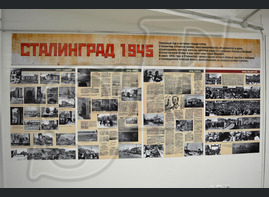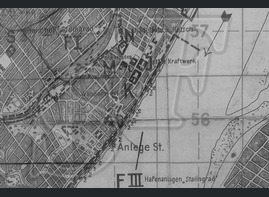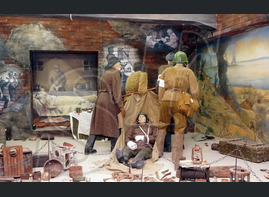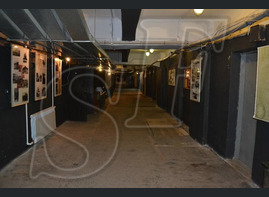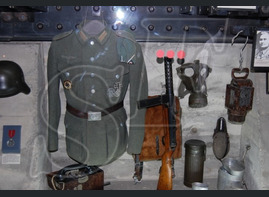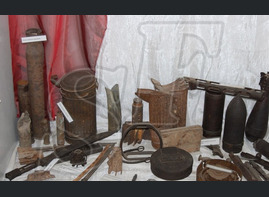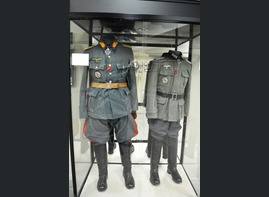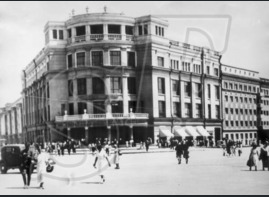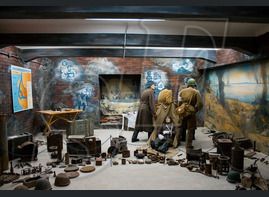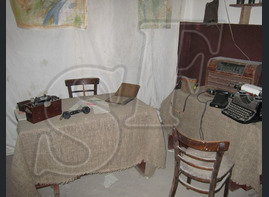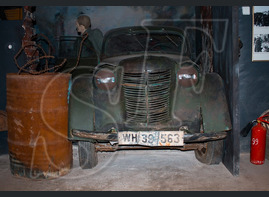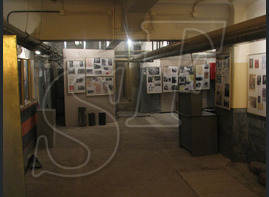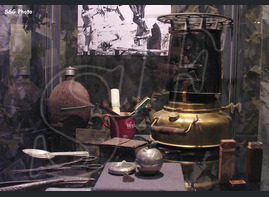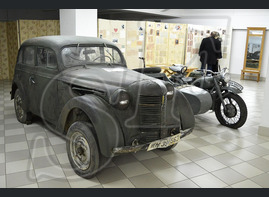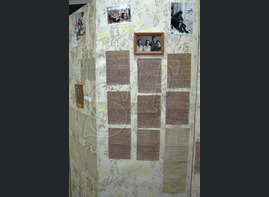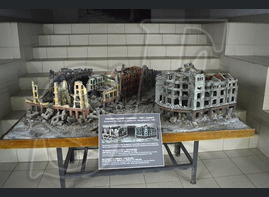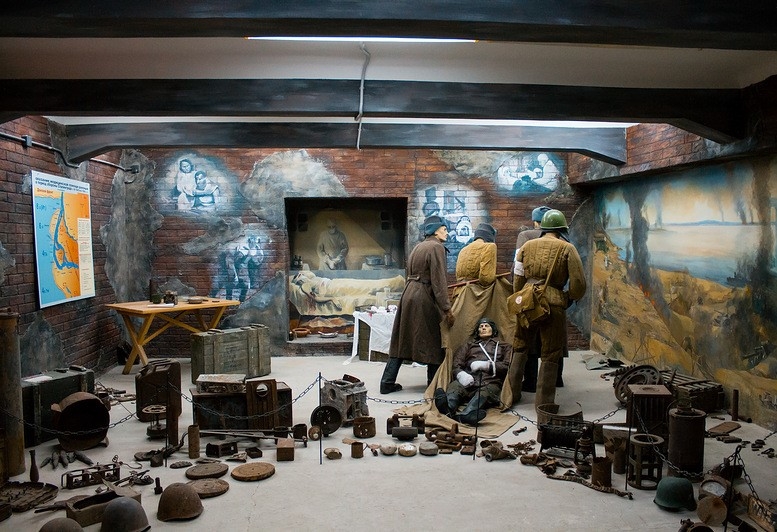 On 26 January 1943, the German forces inside Stalingrad were split into two pockets. A northern pocket centered on the tractor factory and a smaller southern pocket in the city center. The northern pocket was tactically commanded by General Strekker while the southern pocket was commanded by General Roske. The same day HQs of 6th German Army moved away from Gumrak to the very center of Stalingrad - to the cellar of Univermag Department Store.
On 26 January 1943, the German forces inside Stalingrad were split into two pockets. A northern pocket centered on the tractor factory and a smaller southern pocket in the city center. The northern pocket was tactically commanded by General Strekker while the southern pocket was commanded by General Roske. The same day HQs of 6th German Army moved away from Gumrak to the very center of Stalingrad - to the cellar of Univermag Department Store.
On 30 January 1943, the 10th anniversary of Hitler's coming to power, Goebbels read out a proclamation that included the sentence: "The heroic struggle of our soldiers on the Volga should be a warning for everybody to do the utmost for the struggle for Germany's freedom and the future of our people, and thus in a wider sense for the maintenance of our entire continent." Hitler promoted Paulus to the rank of Generalfeldmarschall. No German field marshal had ever surrendered, and the implication was clear: if Paulus surrendered, he would shame himself and would become the highest ranking German officer ever to be captured. Hitler believed that Paulus would either fight to the last man or commit suicide. Paulus, however, commented, "I have no intention of shooting myself for this Bohemian corporal."
The next day, the southern pocket in Stalingrad collapsed. Soviet forces reached the entrance to the German headquarters in the ruined TSUM - Central Stalingrad Department Store. General Schmidt negotiated a surrender of the headquarters while Paulus waited in another room. When interrogated by the Soviets, Paulus claimed that he had not surrendered. He said that he had been taken by surprise. He denied that he was the commander of the remaining northern pocket in Stalingrad and refused to issue an order in his name for them to surrender.
Today in the original cellar of Stalingrad Department Store you can find the new museum «Memory» which was opened in 2003. During the Soviet Union times the basements of Store were conserved and any visits for tourists were not available. The museum inlcudes copies of originals documents, hundreds of exhibits and pictures but the most interesting and precious here are the walls - witnesses of what was happening here in 1942-43.

